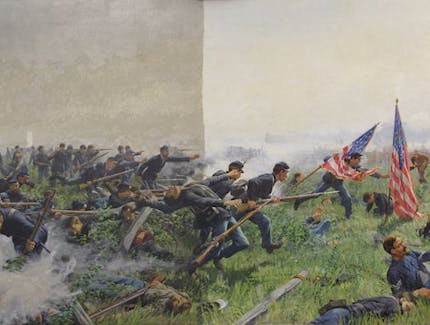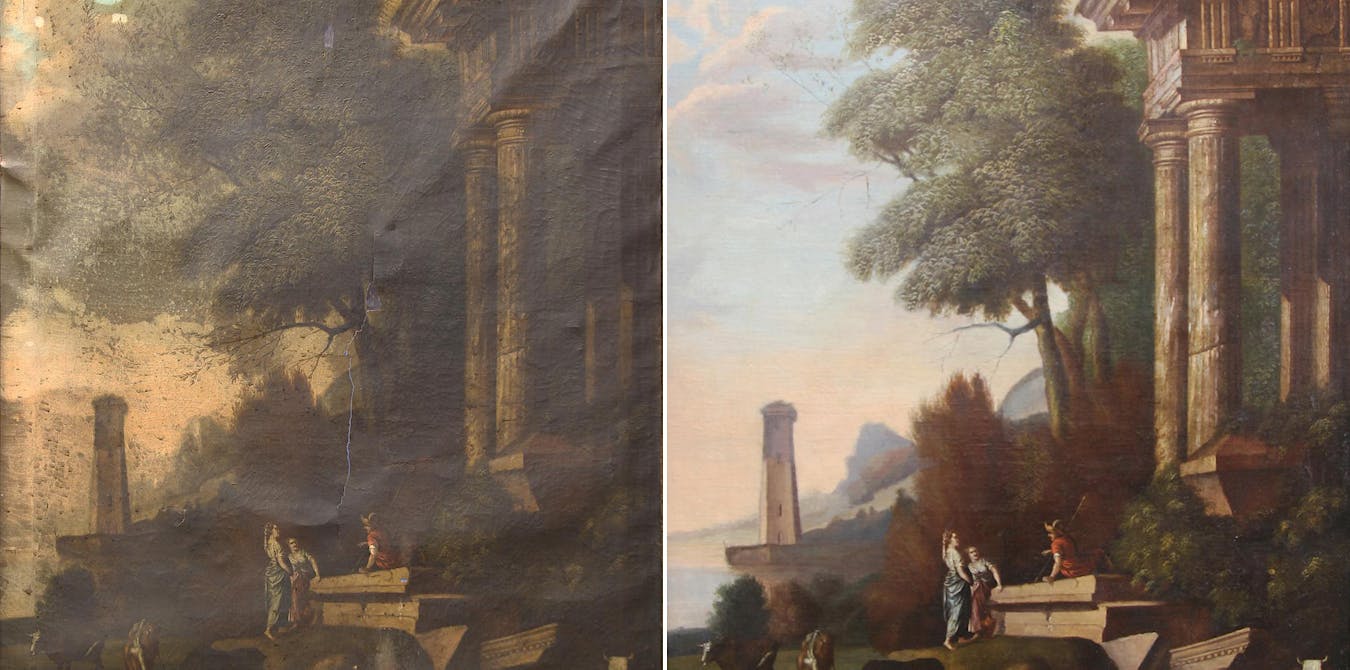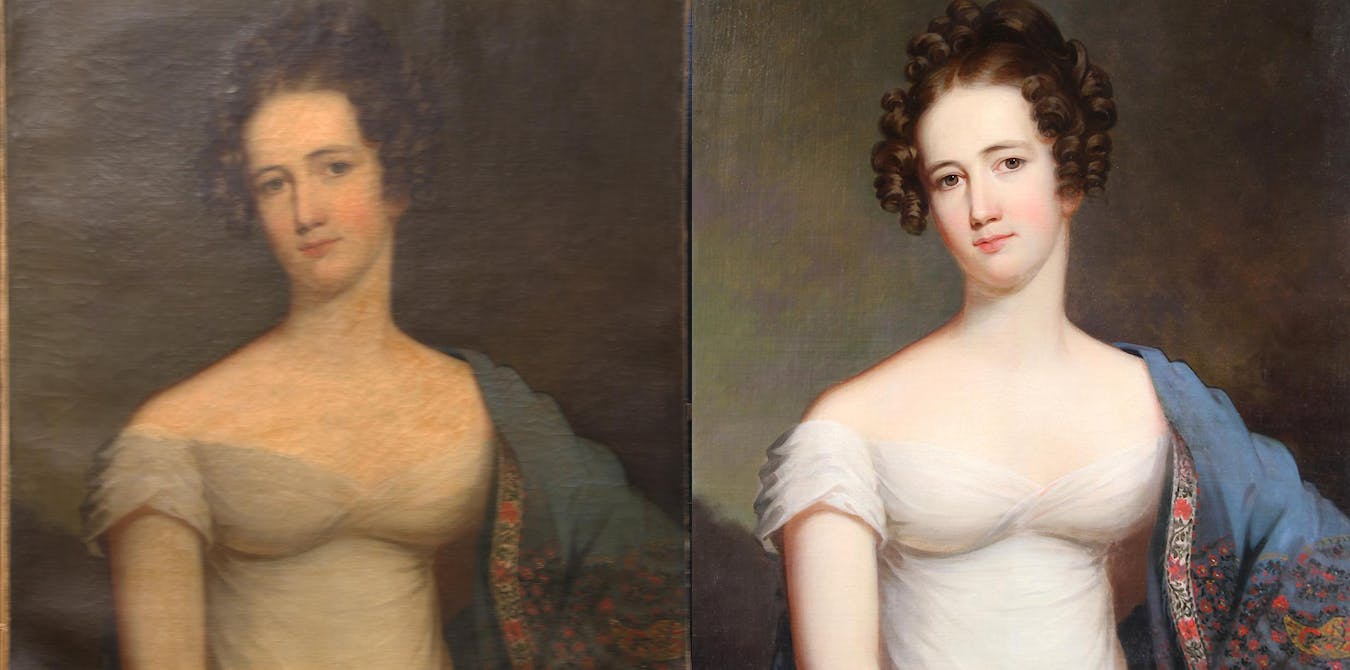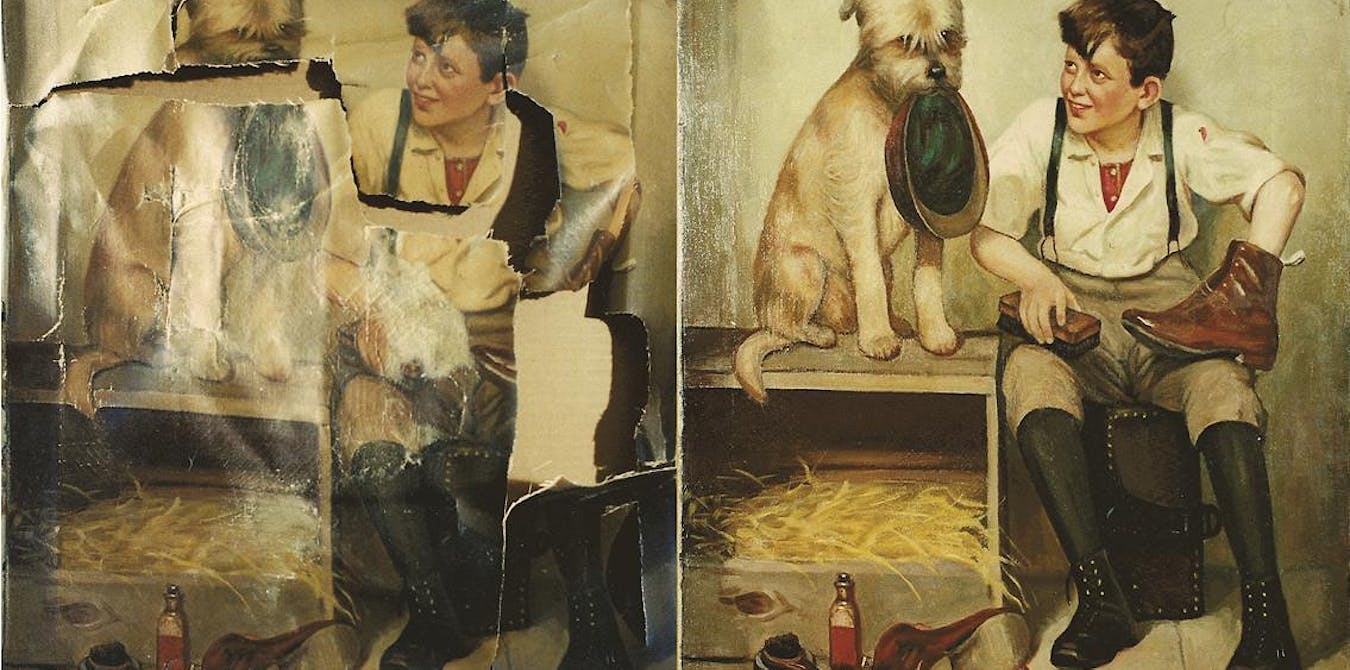
Conservation Services
Without a Trace
The Conservation Studio has specialized in the conservation and restoration of oil paintings and gilt frames for over forty years. Here, you’ll find a small sampling of some of our recent projects, along with a brief menu of our art conservation services.
Mr. Gratz’s formal training began at the Pennsylvania Academy of the Fine Arts and was developed through various apprenticeships with some of the nation’s most respected art conservators. While attending the Academy, Mr. Gratz studied with the esteemed Louis Sloane, the conservator and artist Joseph Amarotico, and the unparalleled instructor, Arthur DeCosta. Since 1982 Paul Gratz has provided his services to museums, historical societies, universities, churches, and private collectors throughout the United States. His portfolio spans all genres and periods. Here, you’ll find a small sampling of some of our recent projects, along with a brief menu of our art conservation services.
Paul Gratz was a founding member of the Society of Gilders. Paul combines modern techniques with Old World craftsmanship to offer the finest in treatment for oil paintings, murals, and gilt objects. Truly skilled art conservation preserves as much as possible of the original art itself, and therefore preserves its utmost value. Conservation treatment restores original radiance, color, and detail to treasured oil paintings and art objects, adding years of life and maximum value to even the most damaged artwork. The treatments we employ are always museum-quality and reversible.
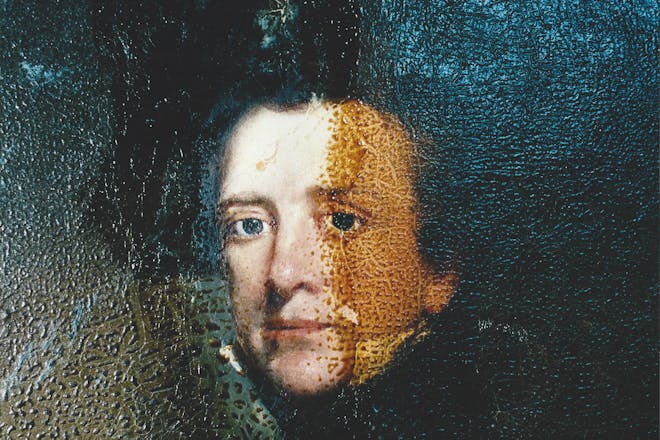
Get in Touch
Before & After Gallery
In the examples highlighted here, the damage was fairly straightforward. But, more often, the full extent doesn’t become apparent until after the cleaning. It’s akin to cutting away some weather-worn siding, only to discover that a chimney leak was responsible for that and some much more extensive internal rot. Once we piece together a history for the painting, our conservators will begin by testing each pigment individually, starting with the mildest solvents and gradually working up to the strongest cleaning agents.
Case Studies
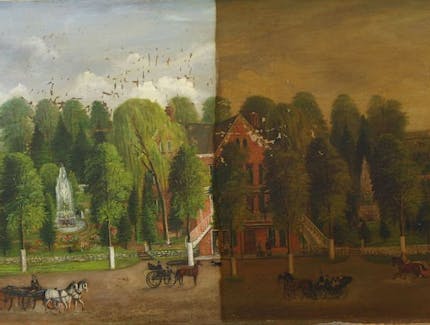
Lifting the Smog from the Fountain Inn
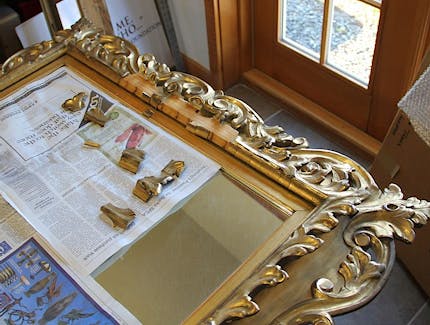
Frame Repair: A Study in Patience

Reclaiming a Massive Mural, Inch by Inch
